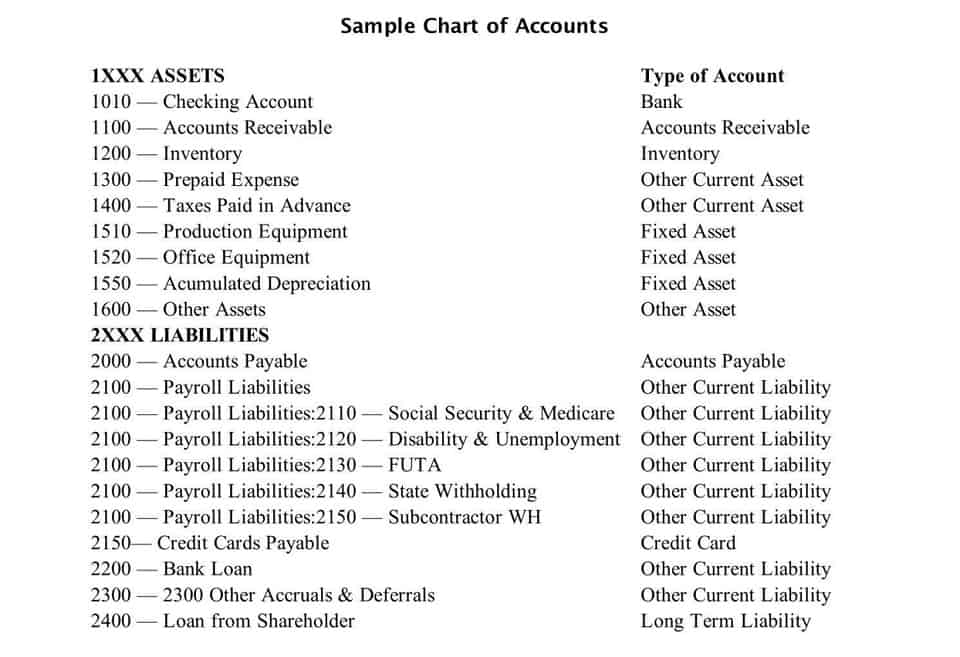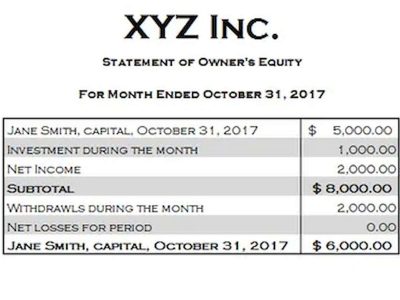
If you do not know who made the payment, review the open invoices to try to match up the payment. Before posting the payment, call your customer to verify the payment is correct. If you cannot identify the customer, hold the payment in suspense until a customer comes forward to claim the payment. A company receives a payment paid into their bank account, but the transaction doesn’t have any reference details to be able to identify what the payment is for. In any case, every effort should be made to suspense account eliminate all unidentified transactions held in the suspense account by the end of the fiscal year, otherwise the annual financial statements will be inaccurate. While other trial balance errors do exist (e.g., error of omission, commission, principle, original entry, reversal of entries), they do not affect the suspense account.
- Partial payments that do not settle an invoice in full are placed in a suspense account until clarification is obtained.
- When you’re posting those that you do know, you’ll need to put in a balancing entry to your suspense account because there must be equal and opposite debit and credit entries on the opening balances entry screen.
- Because of this, it posts an opening credit of £3,000 to the suspense account.
- A suspense account is an account used to temporarily store transactions for which there is uncertainty about where they should be recorded.
- Instead of this causing confusion or potential errors in your account, the funds are placed into a brokerage suspense account.
- The importance of suspense accounts extends beyond mere bookkeeping convenience; they are essential tools for ensuring accuracy in financial reporting.
What is a suspense account?
Together, these advanced tools from HighRadiu streamline the reconciliation process, enhancing compliance with international accounting standards. By normal balance transforming reconciliation from a complex challenge into a streamlined operation, HighRadius empowers businesses to maintain accurate records effortlessly and focus on strategic financial management. When you make a payment on your mortgage, every penny of that payment usually goes toward paying off interest, principal (the original amount borrowed), and possibly escrow amounts for taxes and insurance.
Example 1: Incorrect Entries
System errors can occur due to software glitches or technical malfunctions, resulting in incorrect or unintended entries in the accounting system. A suspense account helps to isolate the impact of system errors until the necessary system corrections or manual adjustments can be made. In situations where a financial transaction spans multiple accounting periods, a suspense account can be used to hold the entry until the appropriate period is reached. This is particularly relevant when accruals or deferrals are involved, where the transaction occurs in one period but is not recognized until a subsequent period.
How to Add a Received Call to the Contacts on an iPhone
The necessary adjustments are typically made through journal entries that move the amounts from the suspense account to the correct accounts. Suspense accounts play a crucial role in account reconciliations, especially when discrepancies are detected between different financial records or reports. The unreconciled differences are placed in suspense accounts until the underlying causes are investigated and resolved, at which point the balances can be adjusted to reconcile the accounts accurately. Data errors can occur during the transmission, processing, or recording of financial information.
Company

This ensures payments are applied correctly, preventing potential servicing errors. Suspense accounts serve as temporary holding areas for transactions that cannot be immediately classified. They are the placeholders that keep the accuracy of your financial records intact while you figure out the account where the transaction belongs and add it to the general ledger. Regardless of the issues in question, suspense accounts are cleared out once the problem is addressed, at which time the funds are promptly re-shuffled to their correctly designated accounts. While there is no definitive timetable for conducting a clearing-out process, many businesses try to regularly accomplish this on a monthly or quarterly basis. When you’re posting those that you do know, you’ll need to put in a balancing entry to your suspense account because there must be equal and opposite debit and credit entries on the opening balances entry screen.


A general ledger is where https://x.com/bookstimeinc a business records its assets and liabilities on an ongoing basis, broken into separate categories or accounts. Suspense accounts are used for assets or liabilities that require further clarification before they can be assigned a permanent place in the ledger. You should avoid using the suspense account if at all possible because, ultimately, either you or your accountant will have to work out where any transactions in the suspense account really belong. For credit balances larger than debit balances, the difference is recorded as a debit, and for debit balances that are larger than credit balances, the difference is recorded as a credit. Let’s say you receive money from a customer called John for delivering him goods without an invoice.
Some jurisdictions have rules and regulations regarding suspense accounts because they are considered a control risk. In this blog, we will demystify what suspense accounts are, explore different types, and dive into examples that bring these concepts to life. You will also understand the potential challenges of using a suspense account and how you can combat those challenges.

He has worked as an accountant and consultant for more than 25 years and has built financial models for all types of industries. He has been the CFO or controller of both small and medium sized companies and has run small businesses of his own. He has been a manager and an auditor with Deloitte, a big 4 accountancy firm, and holds a degree from Loughborough University. This is because unallocated transactions get more difficult to reconcile with passing time, especially if there is insufficient documentation, and the account balance could grow uncontrollably. The bookkeeper is unable to balance the company’s trial balance, with the credit column exceeding the debit side by $500.

